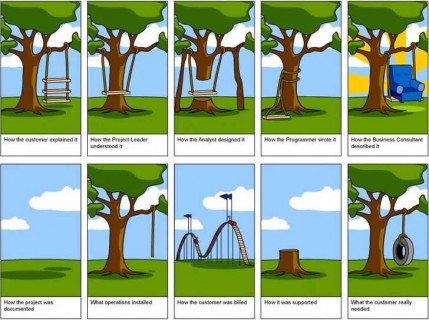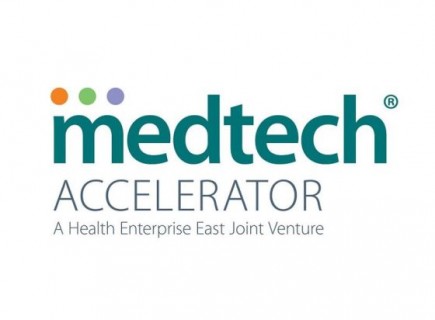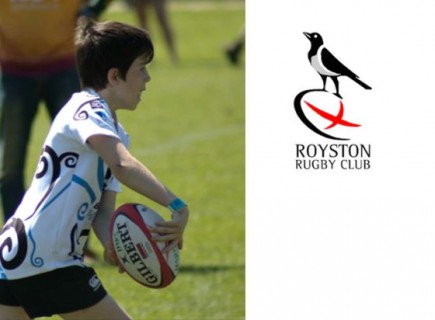Mind Your Head – the Headway Cambridgeshire Grand Challenge
May 30, 2014
Cambridge Medtech Solutions is supporting Headway Cambridgeshire with their ambitious and exciting new ‘Mind Your Head’ campaign.
Headway Cambridgeshire, in partnership with the National Institute for Health Research (NIHR) Brain Injury Health Technology Cooperative, hopes to inspire people to come up with new ideas for products and services which would improve patients’ quality of life – or prevent brain injury in the first place.
‘Mind Your Head’ includes elements of BBC shows The Apprentice and Dragon’s Den, as teams of ‘solvers’ devise and pitch innovative solutions to the dangers and challenges of head trauma.
The facts on brain trauma:
- Six people are admitted to Addenbrooke’s Hospital every day with traumatic brain injury;
- Head injury is the most common cause of death and disability in people under 40;
- More than 1.4m people are admitted to A&E in England & Wales with a brain injury every year – that’s equivalent to half the population of Wales;
- Brain injuries can occur from various causes – including road, work, or sports accidents, assaults, falls or strokes – but the effects are long lasting; including loss of movement to issues associated with hearing, sight, speech, memory and concentration as well as emotional problems.
Karen Bevan, from Headway Cambridgeshire, said “We desperately need better ways of preventing these injuries, as well as new products and services to help people recover from and adapt to life with brain injury. We’re looking for everything from simple service-based ideas right through to game-changing, technology-based innovations, so we need everyone’s input. It is great to have Cambridge Medtech Solutions supporting the campaign, taking part and able to provide guidance to our solvers.”
If you’d like to know more about how you can support the ‘Mind Your Head’ Grand Challenge, visit www.mindyourhead.brainhtc.org












